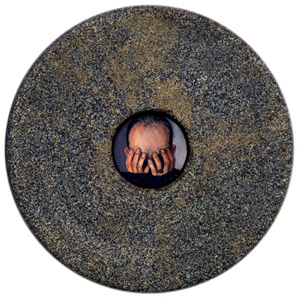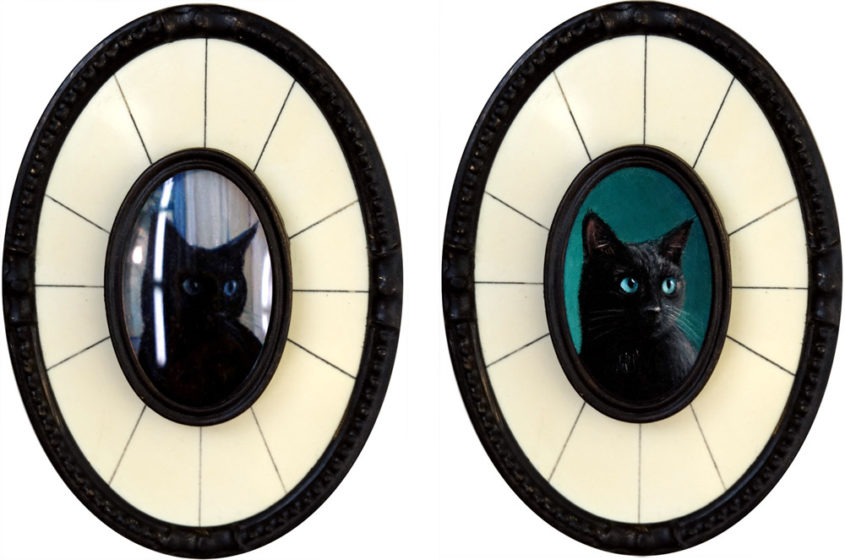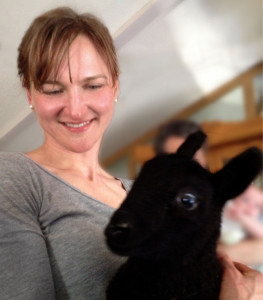
Portrait of Maddie at the Beach, oil on copper, 4″ x 4″
My commission schedule is booked out almost a year in advance, but if there’s a special occasion you’d like a portrait for and it’s coming up soon, it doesn’t hurt to ask!
I like to leave a little wiggle room in my schedule to accommodate one or two unexpected commissions each year that need to happen right away. The timing for this painting worked perfectly, and I’m really happy I was able to make it as a special gift for a very special person.
This painting was presented to Michele as a tribute to ten years as a hardworking, knowledgeable and efficient registrar at the Seattle Art Museum. But for her colleges to commission such a gift to commemorate her time at SAM, it’s also a tribute to the genuine warmth and love that she has always been so quick to share. We coordinated with her daughter who she sent me several images, and this one immediately stood out to me as “the one,” both a portrait of her very loved granddaughter, and an image of a young girl, going confidently to the ocean on a glorious sunny day. I hope Michele’s new adventures are just as sunny, and I know she will go into them with confidence and brighten the lives of all she meets.
My thanks to everyone at SAM and to her daughter for the commission, and for your trust that I could make a gift worthy of Michele. And thank you, Michele, for all your help and support, both professional and personal over the past ten years. Enjoy and visit your old friends often!
From Michele’s daughter
“Wow, Rebecca. I don’t even know what to say… this is so beautiful. My mom is going to love it. We are so blessed that you’ve used your incredible talent to commit such a wonderful memory into an ever-lasting work of art. Thank you.”
From Michele
“Amazingly talented, kind, sweet, wonderful. …I will always admire you when I look at the portrait…”

















